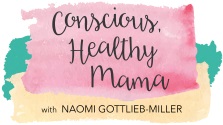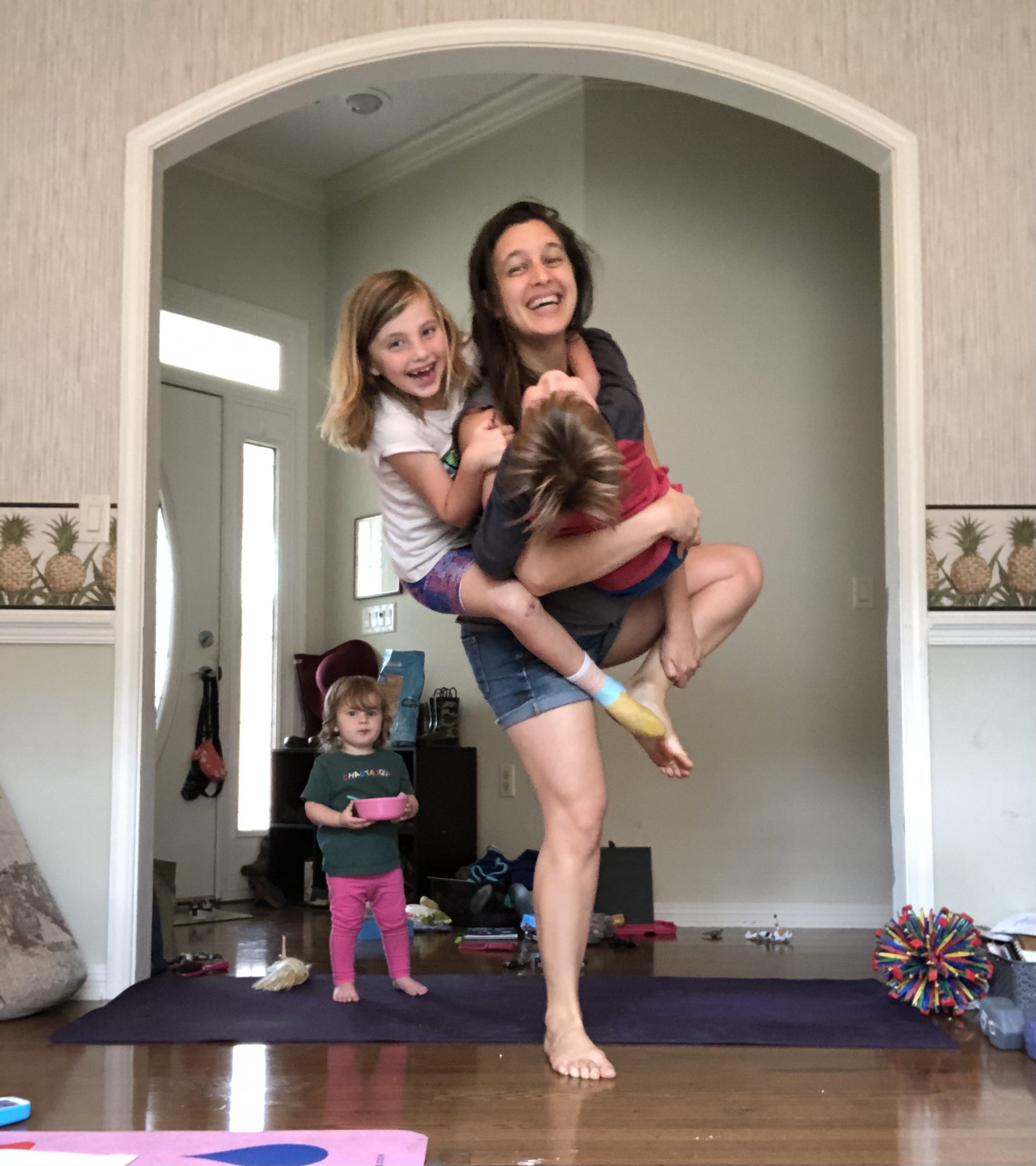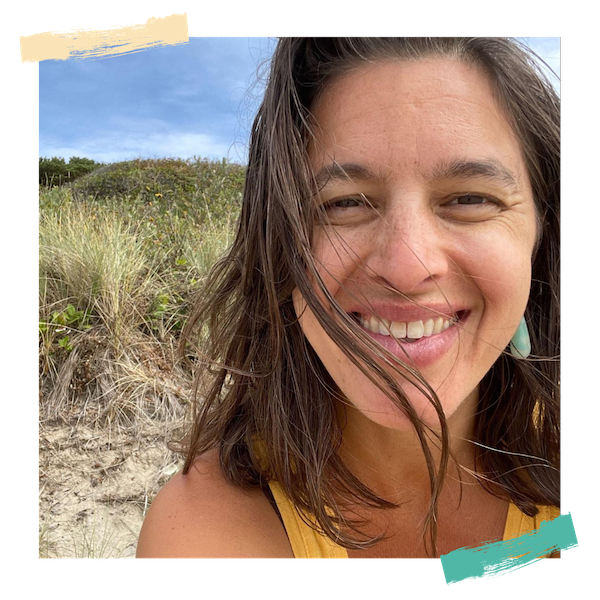Years ago, I had a student who would get angry every time I taught balancing poses.
Maybe angry is a little strong — she didn’t throw blocks at me when I’d suggest warrior 3. But she’d grumble about how hard balancing poses were for her and how much she sucked at them.
Nothing I said could change her mind.
“Can’t we do some nice hip openers?” She’d think very loudly in my general direction.
I did sympathize.
Balancing poses are challenging.
But if you tend to feel like this long ago student of mine, there is something I need to clear up for you before we go any further.
Let me just start by saying, you don’t suck at balancing. Lots of people think that but the truth is that they — and you, too probably — have a skewed idea about what balance actually means.
Most people think that balance is standing on one leg without wobbling at all, totally still and steady, with no other support?
Sure.
That’s one option.
But balance is a lot more nuanced than that.
The dictionary defines balance as “an equal distribution of weight that allows something to stay upright.”
What goes unmentioned in that definition is how something maintains that balance.
Usually there’s a lot of wobbling involved.
Sometimes a foot taps down.
Sometimes you fall and get back up.
What’s important to remember is that balance isn’t static.
Balance implies movement.
So instead of assuming you suck at balance, maybe it’s more that your balance has more movement.
If you tap your foot down, this doesn’t mean you are bad at balance.
You are simply seeking another point of contact to help you find your balance.
Same with using a wall.
It’s not a crutch.
It’s another point of contact to help you explore standing on one leg.
All that said, you can still work on your balance, knowing that perfection and stillness aren’t necessarily the ultimate goal.
There are 5 ways you can improve your balance.
Joint mobility
Fun fact: if your joints have less mobility, balance can be difficult. A lot of balancing requires you to be able to shift your body in different directions. If your ankles and knees and hips are tighter, that movement is limited making balance challenging.
Yes, too mobile can also be a problem which is why you need
Muscular (and joint) strength
Strength helps you hold yourself up. Which is fairly useful.
Changing your foundation
This is one most folks don’t do often, especially if they wear shoes all day long. Your feet need diversity in order to help your joints do a better job of finding stability within the wobbliness of being upright.
If your foundation is always the same, either cushioned in sneakers or walking on a hard, flat surface, your ability to balance will be limited to what you are exposed to.
Adding or varying load
This means you don’t just hold yourself up; you hold yourself and a baby. Or groceries. Or a soccer ball and a water bottle and a bag with snacks and that comfy chair you brought to sit on.
You can add load in a more static way — holding a single weight or object while balancing. Or you can add it in a variable/dynamic way. This means you might alternate between picking it up and putting it down while keeping your foot off of the ground. Or you move the weight/object while you are balancing.
Moving dynamically while balancing
Think of this like a yoga or movement flow. The idea being that you stay on that single leg as you transition from one pose to another. You try to do it without landing hard or imagine you’re moving through water, Or a hurricane, if you like theatrics. Dynamic movement is great for balance because you are shifting position, testing your joints, varying the weight on your standing leg, lifting and then putting your foot down elsewhere.
These are the 5 things I think you need to focus on in order to improve your balance. And while you might do all of these things and still struggle with holding one foot off the ground without wobbling or tapping down, remember that doesn’t necessarily mean you suck at balance.
Instead remember that balance is movement oriented.
Shifting, finding steadiness even for a second, and then shifting again.
Constantly in a state of flow.
That’s what balance truly is.
So go with your flow and play with your balance.
And if you want to explore improving your balance, I’m offering an 8-week movement series called “Better Balance”.
Each week we’ll address balance through joint mobility, muscular strength, varying foundations, and changing loads, as well as dynamic transitions.
It’s going to be super fun.
If you want to join me for this 8-week series, you can either purchase the series individually OR you can join my online studio, MOVE with Naomi and attend this class as one of your weekly live online classes.
As always, classes are held live and recorded, so you can have access to them forever and always.
You in?
Test your balance in the newest video on my YouTube channel: Hands-Free Balancing Flow



